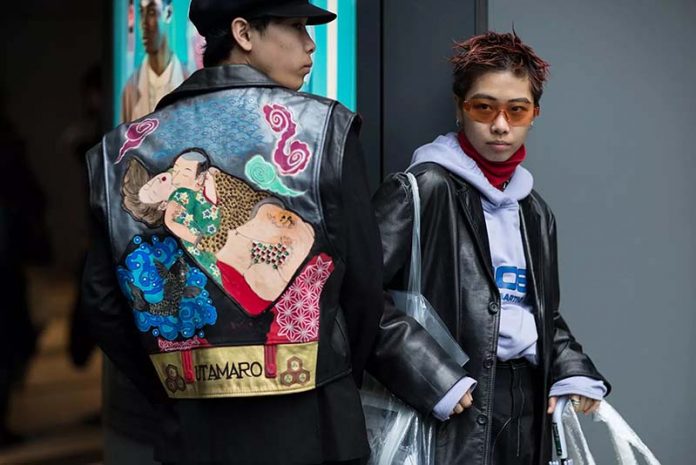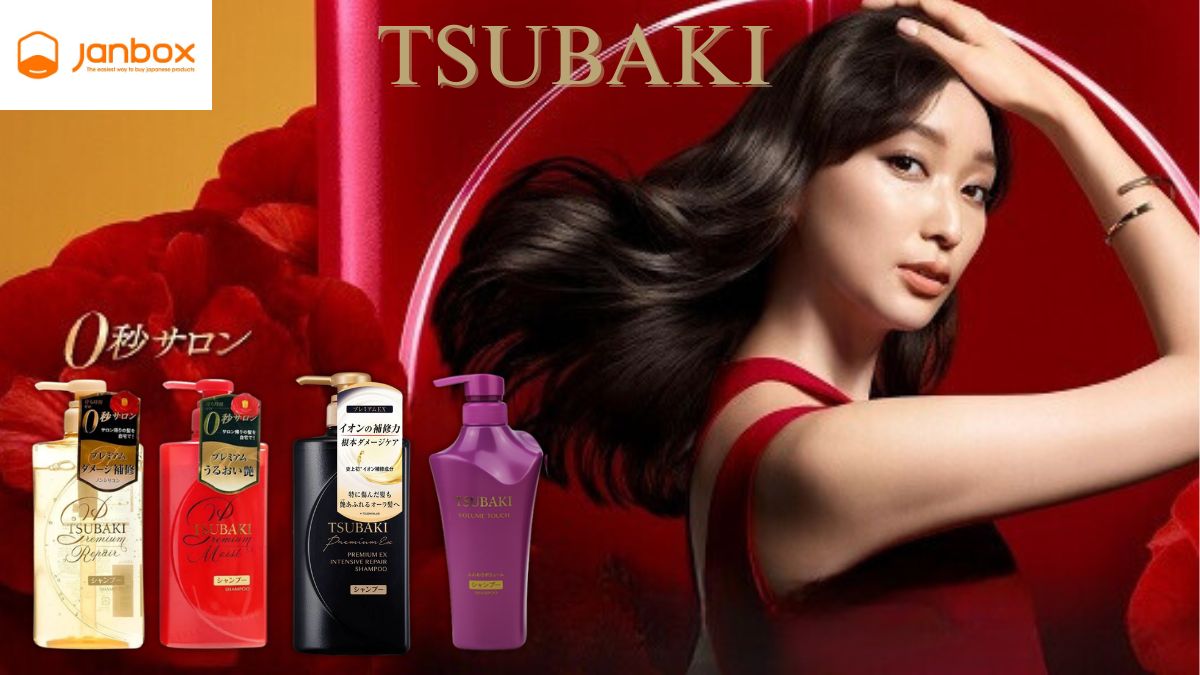The archival fashion trend has exploded in popularity in recent years. It’s possible that you accidentally found it on your Instagram Explorer page. The most well-known contemporary items from the past are the Riot bomber by Raf Simons and the IS varsity by Issey Miyake Sport. This piece will go further into Japanese archive fashion. Also included is information about some of the most essential Japanese Archive fashion designers and locations where you can view and buy these items.
I. What is the Japanese Archive Fashion?
Usually, archival pieces are items from high-end designers’ prior seasons. The majority of the clothing in the Japanese Archive was made between the 1970s and the 1990s. These items significantly reacted to the prevalent trend of the day and had an impact on associated fashion firms.
Rei Kawakubo, Jun Takahashi, and Yohji Yamamoto created a lot of the archival pieces. Therefore, it is not surprising to find individuals sporting these unique items, for instance in the Urahara region. These items are available on Japanese Yahoo Auctions and Mercari websites. However, owing to the strong demand, be ready that it will still be difficult to obtain these items.
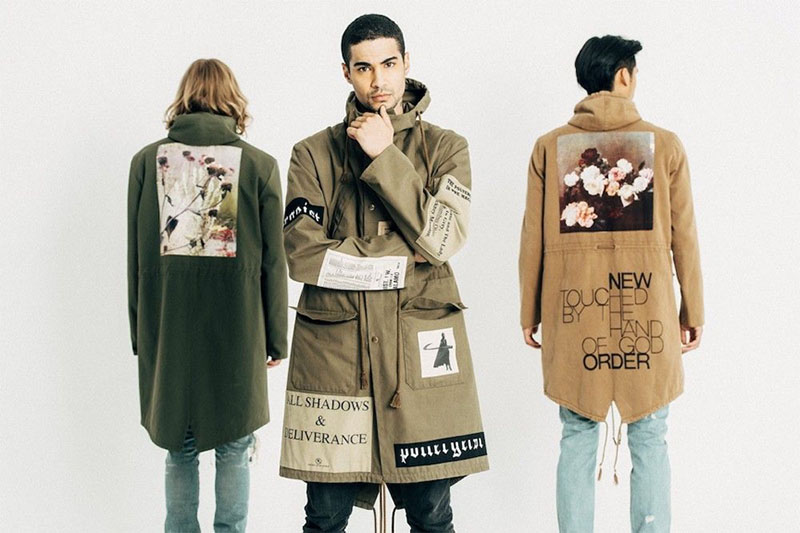
What is the Japanese Archive Fashion?
It may also entail taking on the role of your favorite designer’s archivist, collecting, studying, and repurchasing their works out of sheer affection. In general, archive clothing refers to having any item of clothing from a designer’s prior collections, but in recent years, it has also come to refer to items from collections of major historical significance.
In a fashion sense, it is comparable to sneakerhead culture, stamp collecting, or collecting Pokemon cards. But fashion historians are more focused on the past than the present. Archive fashion appears to be the final bastion of authenticity as high fashion and street clothes have become more widely available. Becoming an archival fashion collector requires seeking and investigation; having money is insufficient.
It gained popularity along with the emergence of hip-hop fashion when Kanye West drew inspiration for his Yeezy line from vintage Raf Simons pieces that he found in Japan. However, a limited group of designers that are frequently mentioned as an influence on future designers is what most people refer to as “important archive brands.” Some people are even honoring these designers. This includes, among others, the initial group of Japanese fashion designers, including Yohji Yamamoto, Comme des Garçons, and Issey Miyake, who presented their collections in Paris.
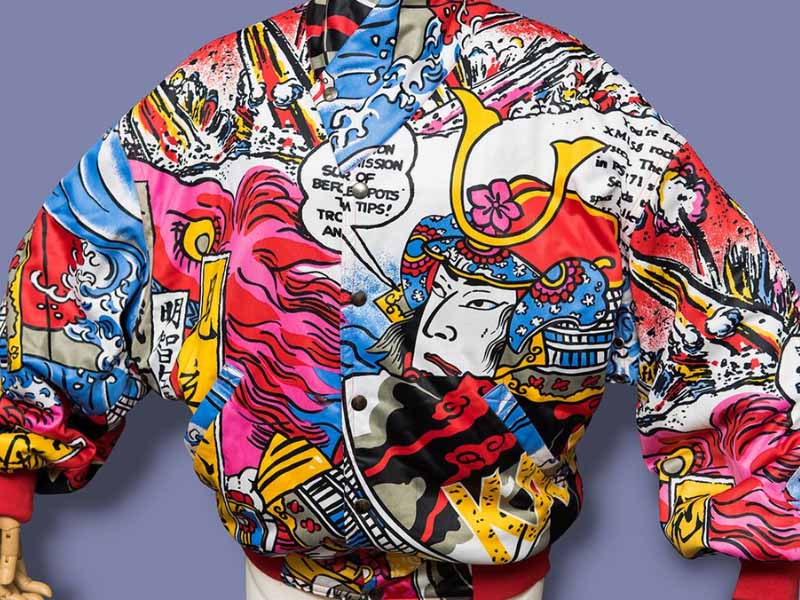
Their vintage items all represent a certain time period for these designers, which is one thing they have in common. Sometimes, the movements they depict through their designs come to life, like with the emergence of streetwear made possible by Ura-Harajuku companies like A Bathing Ape and Undercover.
Although, in general, any antique item from a designer’s earlier collections can be referred to as an archive piece, the phrase today denotes more than just a garment from their earlier collections. An archival piece, on the other hand, is typically one of a designer’s “biggest hits,” a highly special and well-liked item from one of their most important collections.
II. Famous Designers of Japanese Archive Fashion
Issey Miyake
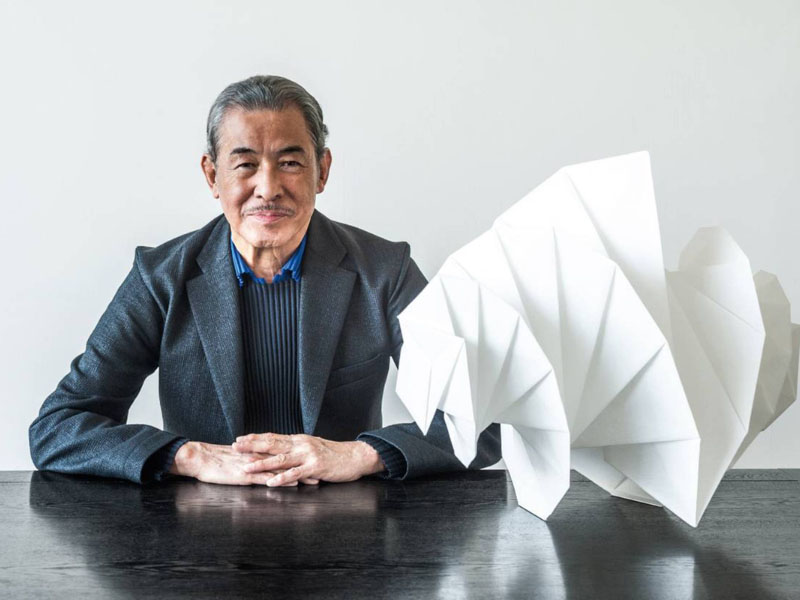
Famous Designers of Japanese Archive Fashion.
Issey Miyake is unquestionably one of those sought-after designers. He skillfully fuses traditional and contemporary aspects, as shown in his paper suit or modern items fashioned from kimono materials. Since Issey Miyake stopped working on his menswear line in 1994, the items have increased in value.
Yohji Yamamoto
Yohji Yamamoto startled the fashion world with his collection’s unfinished, haphazardly put-together pieces when he debuted it at a Paris fashion show. His loose shapes and all-black attire have become cult favorites among creatives and artists. Some exceptional archival pieces have been produced by his collections’ uncommon use of color.

Famous Designers of Japanese Archive Fashion.
These archival materials are often dispersed around the globe. The rarest pieces from the most sought-after collections from a designer’s career are all kept together at one location in Japan, similar to a museum. In Shibuya’s underworld, a store that only sells the best of the best in concealed from the main streets. The Archive Store features everything you can imagine, including Margiela’s Artisanal brand, Raf Simons Riot collection, and Undercover Scab.
>>Read more: Snidel Clothing in Japan.
III. The Archive Store
The most sought-after fashion designers are represented in the Archive Store. It was established in 2018 to serve as a resource for fashion fans to learn more about the stories behind the designs. They occasionally also hold unique exhibitions where they display the creations of a certain designer.
When the shop first opened, the second-hand market prioritized the newer items. The Archive shop was founded with the intention of preserving vintage historical fashion items and reinventing them to set new trends. Then, the Archive Store’s function as a center for fashion instruction will become clearer. Their primary objective is to transmit cultural and Japanese street fashion heritage to the next generations.

The area resembles a cross between a store and a museum of fashion. They aim to showcase the accessories that revolutionized fashion. They also have a museum room where they display “Art Pieces” for this reason. Additionally, they pick products deliberately that reflect the mood and traits of each designer.
Customers and archive items may now interact more closely than ever at the Archive Store. That entails that you can interact with the objects, wear them, and take images. These objects must be treated carefully since they are uncommon and costly. Remember that visitors cannot try the items on in the museum.
The creations of designers who had an impact on modern fashion are on exhibit at the Archive Store. In the 1980s, designers Rei Kawakubo and Yohji Yamamoto both pushed the envelope. Their all-black attire was the talk of the town when sophisticated appearances were in. The “boro-look” refers to the materials and shapes utilized to create the boro clothes, which were regarded as avant-garde. “The Black Shock” was the moniker given to the two designers’ entrance onto the fashion world. They completely revolutionized western fashion with their abstract, esoteric methods, which considerably influenced today’s leading designers.
The museum’s exhibits have a great deal of historical significance and are essential for preserving knowledge. When collecting these objects, it’s important to show appreciation for the creators. The business receives proposals from devoted collectors who have been following the brands from the start thanks to the media and exhibits. But not every item in the shop is for sale.
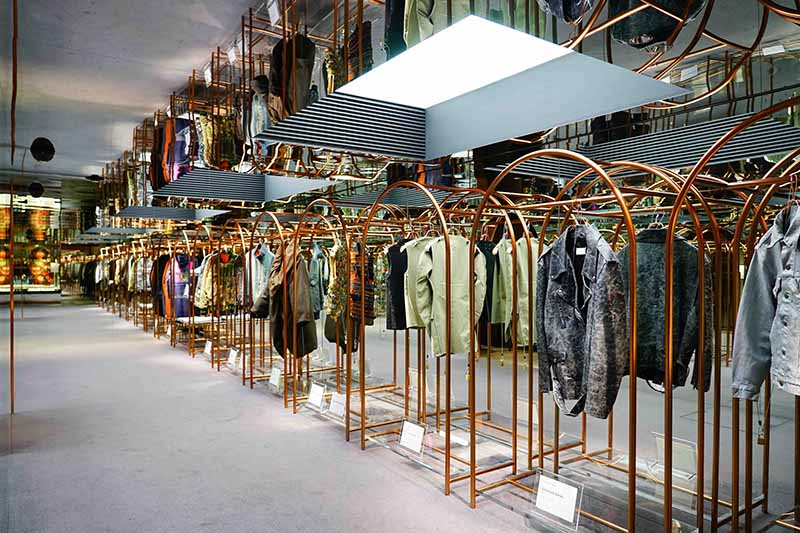
The Archive Store in Japan
The history shown to contemporary fashion fans has a deep significance. The value of vintage clothing is increased by these lines’ increased exposure to these items. The demand for vintage clothing has skyrocketed during the past ten years. You can comprehend the piece’s history if you are interested in both the present and the past. The “study” of fashion history should go beyond clothes.
Given how many designers are converting to haute couture, fashion should have a higher artistic value. Additionally, staying at home has become the norm, allowing for the wearing of more opulent attire. The need for vintage clothing will only increase, making it harder and harder to get vintage clothing, which will drive up the price of the items.
Conclusion
The question “What is Japanese Archive Fashion?” is now answered. However, the problem with Japanese Archive fashion was that most people at the time couldn’t comprehend its significance. This implies that similar to many works of art, the true worth of an archive item only becomes apparent after some time has passed and the object’s history has been told. The beauty concealed in this fashion trend may take some time to realize, but perhaps you will.
- Website: https://janbox.com.
- Email: [email protected].
- Facebook: https://www.facebook.com/janbox.com.en.

